
Fereydoon Moshiri (Biography, Poems, Books)
/
0 Comments
Fereydoon Moshiri is one of the most celebrated poets in modern…

All about Ferdowsi (Books, Poems, Shahnameh, Tomb)
Ferdowsi is one of the oldest and greatest poets of Iran. He…

Abbas Kiarostami (Biography, Movies, Books)
Abbas Kiarostami is an iconic Iranian filmmaker, celebrated worldwide…
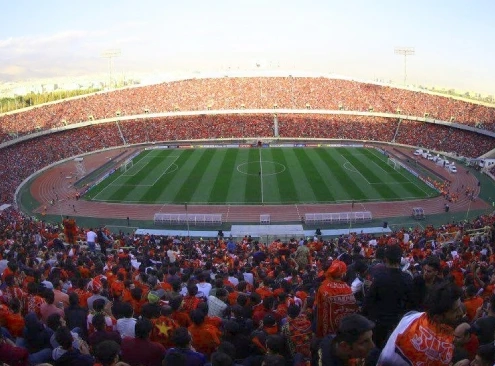
Azadi Stadium Tehran (Capacity, Renovation, Photos)
The Azadi Stadium stands as a symbol of modern sports architecture…
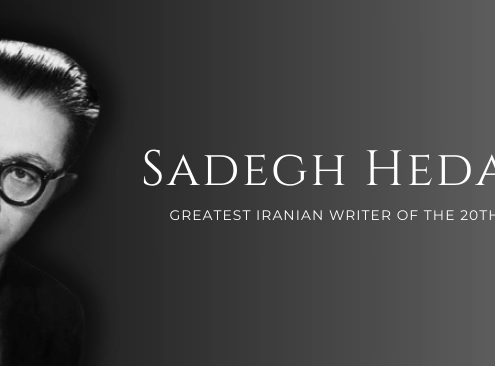
Sadegh Hedayat (Biography, Books, Quotes)
Sadegh Hedayat is one of the founders of contemporary Iranian…

Iran National Football Team: Team Melli (History, Players)
The Iran National Football Team, known worldwide as “Team Melli”,…
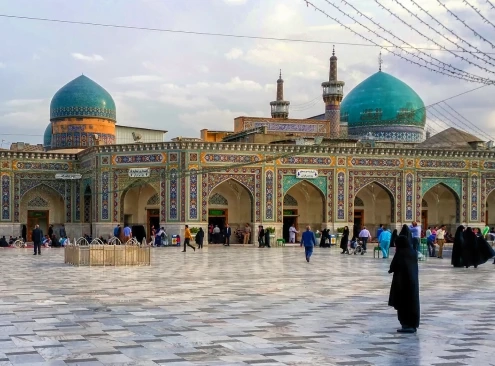
Religious Places in Iran for Sunni and Shia Muslims
Iran is where visitors can find thousands of archeological sites,…
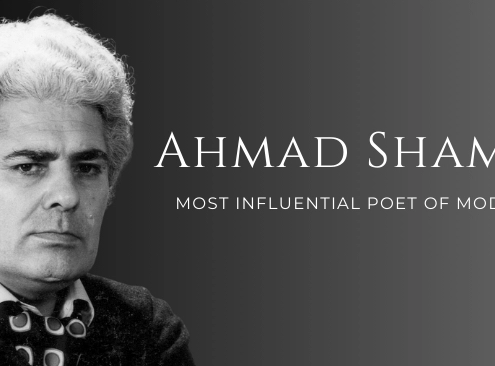
Ahmad Shamlou (Biography, Books, Poems)
Ahmad Shamlou is celebrated as one of the greatest literary icons…
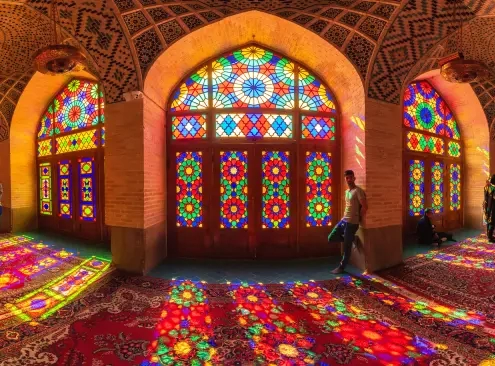
Where Is Iran? (Map, Population, Religion)
Iran, the country of history and art, is a hidden gem in the…
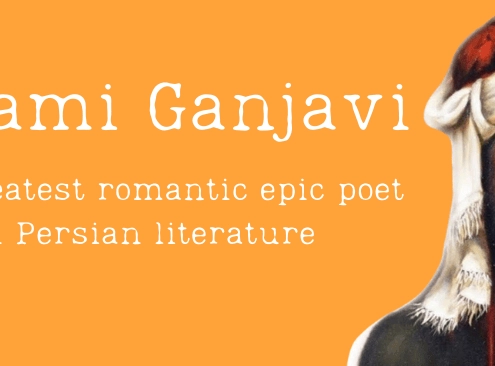
Nizami Ganjavi (Biography, Books, Poems, Quotes)
Persian poetry is a profound and flourishing literary tradition…
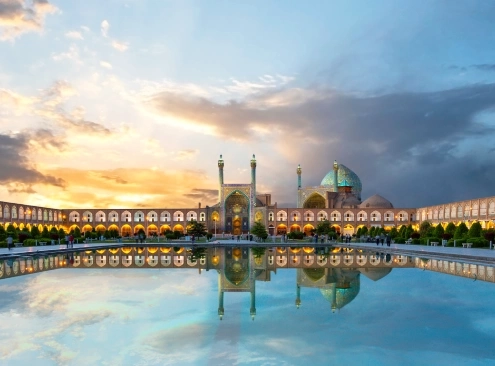
Travel to Iran from Indonesia (Visa, Flights, Dress Code)
Iran offers a diverse range of historical, cultural, and natural…
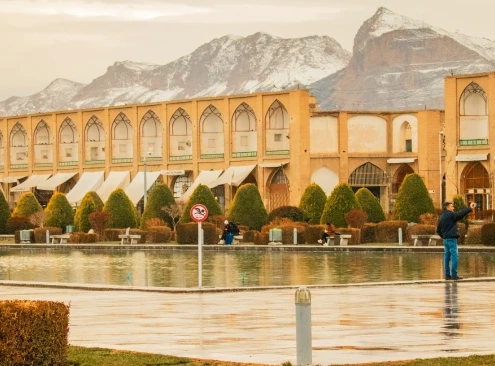
Travel to Iran From Brazil (Visa, Flights, Dress Code)
Traveling to Iran is a rewarding choice due to its rich historical…
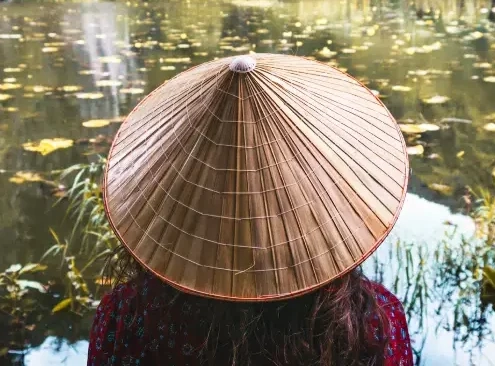
Travel to Iran from Vietnam (Visa, Flights, Dress Code)
Iran is a country of diverse landscapes and delicious cuisines.…

Travel to Iran from Malaysia (Visa, Flights, Dress Code)
The rich history, numerous ancient cities, the magnificent centuries-old…
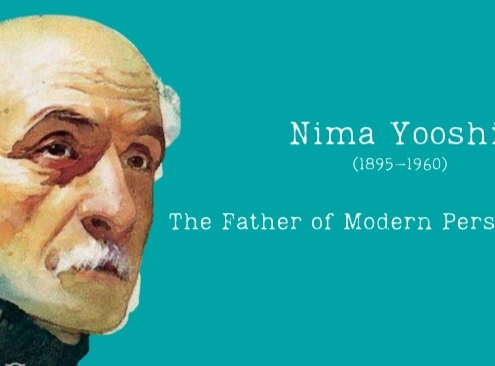
All About Nima Yooshij (Books, Poems, Quotes)
Nima Yooshij (1895–1960), often hailed as the father of modern…
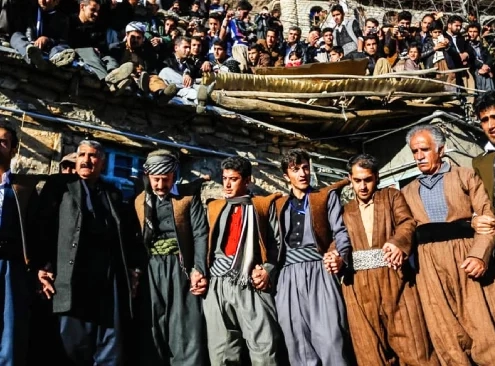
Pir Shalyar Ceremony in Kurdistan
Iran is a civilized and time-honored country where diverse ethnic…

What Is Persian Mirror Art (Aina Kari)?
Aina Kari, or Persian mirror art, is a traditional Iranian decorative…
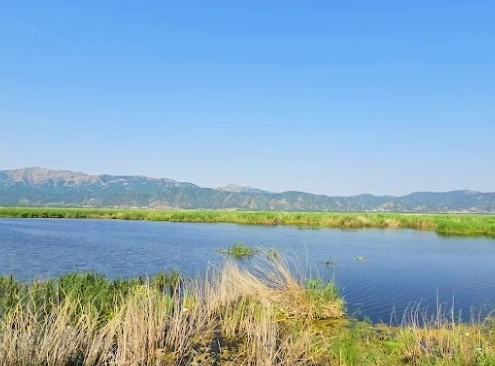
Zrebar Lake, Kurdistan (Weather, History, Map)
Zrebar Lake, a picturesque body of water in the heart of western…


